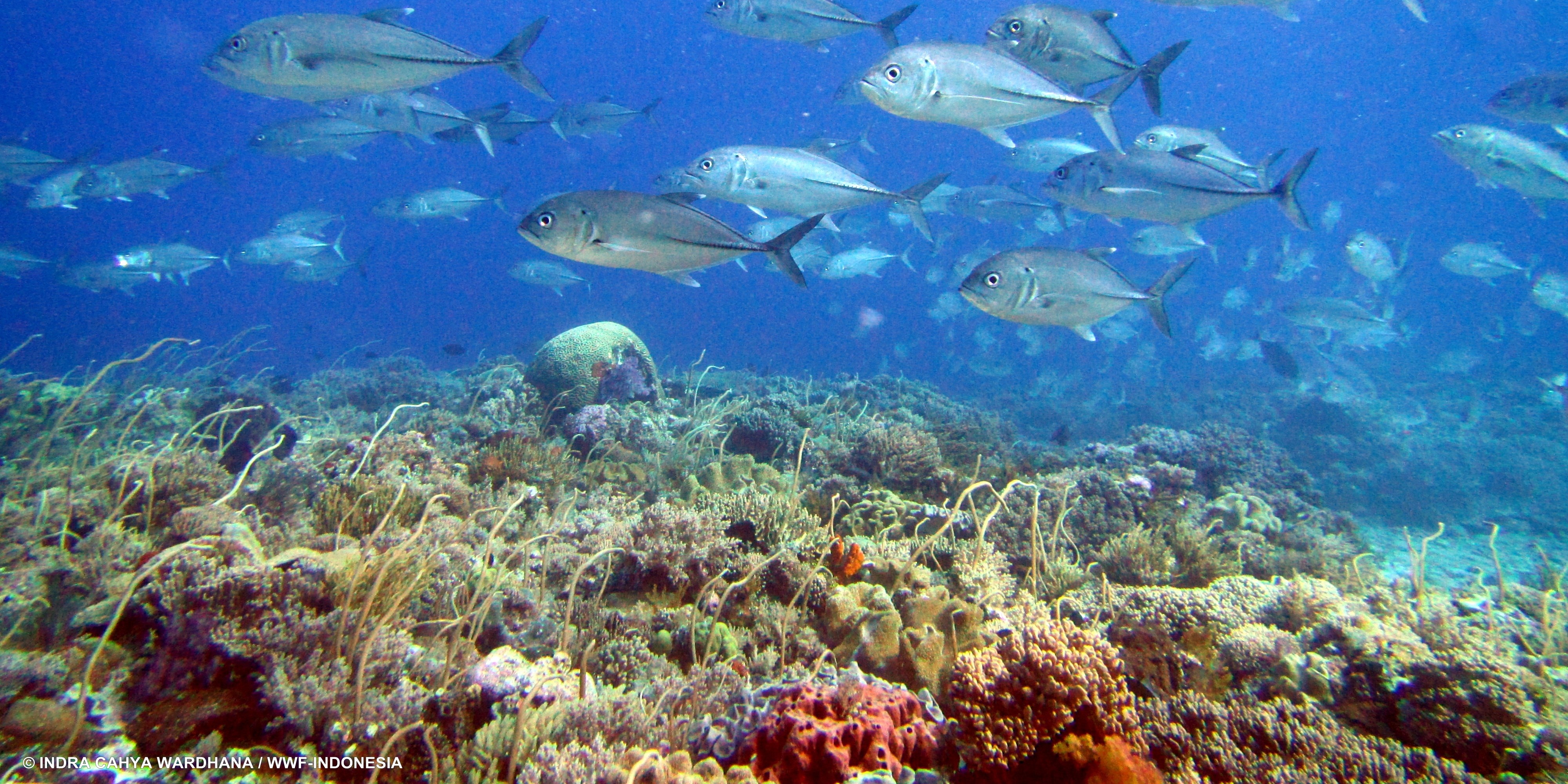#XPDCMBD NOTES: LATOLA BESAR VILLAGE
Author: Nara Wisesa (WWF-Indonesia)
On the 13th day of data collection, I was unable to go down to Latola Besar Village on Masela Island because I hurt my foot getting off the speedboat and was unable to continue the journey to the village. Therefore, the focus group discussion was led by Hellen (Unpatti). When arriving at the location, the Land Team was also only accompanied by the Head of Affairs (Kaur) of Lalota Besar Village, because the village head (kades) and village secretary (sekdes) were out of the village.
Although I did not participate in the data collection, I got a glimpse of information about Lalota Besar Village from my friends from the Land Team when they returned from the field. The following information was obtained:
- Lalota Besar Village is still practicing the traditional rituals of marriage and village head inauguration, which resembles the ritual of appointing a king in ancient times. The elected village head will be taken up the mountain to the old village, then taken to the landlord's clan elders, before finally being inaugurated in front of the community. The nominated village head may come from any clan, but must still get approval from the king's clan.
- The participants of the focus group discussion were quite large and enthusiastic during the activity. The discussion process was dominated by women, totaling six people. From the results of the discussion, it was known that Lalota Besar Village still has a system of sasi for lola; sea cucumber; and batulaga commodities, which is enforced and limited in five petuanan areas in the village and led by each 'soa'. However, it turns out that the results of opening sasi are now reported to have decreased.
- The condition of the coral reefs around the village is still in good condition, only in some locations damaged by sea waves during the west season. During the west monsoon, fishermen also do not carry out 'bameti' activities and go to sea. They usually go to sea looking for fish only to fulfill their daily needs. During the fishing season, fishermen will look for flying fish, sakuda and bobara. Excess catches are sometimes sold to East Babar and Tepa - either fresh or salted - and to buyers who are looking for these fish products. The selling price of large fish can reach between IDR 50,000-100,000 per head.
- Fishing tools used by the fishermen are still traditional, namely fishing rods, nets, and arrows. The route used is the 'methi' area to the waters in the strait between Masela Island and Babar Island. The fleet used is a wooden 'sampang' without an engine. There are only about 20 sampang in the village.
- There are only 20 households in Lalota Besar Village who earn a living as fishermen. This changes during the west season, when they switch to gardening.
- As far as the eye can see, the Land Team concluded that Lalota Besar Village is a fairly developed village. Most of the houses are made of concrete; there are many shops; and the harbor is where many cargo ships dock and is allegedly a traffic route for goods.
- Moreover, the Land Team found that Lalota Besar Village is quite developed.
- In addition, cell phone signal is quite good in this village, especially in the upper hill area.





